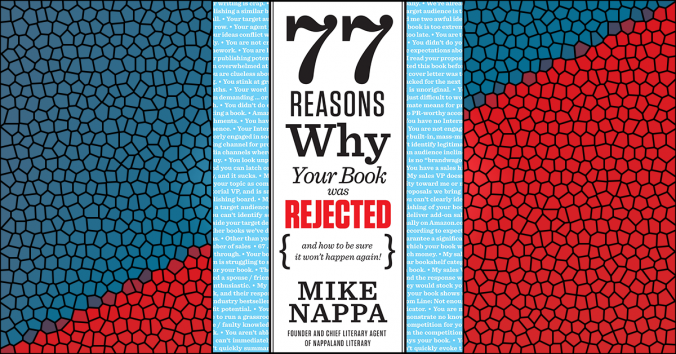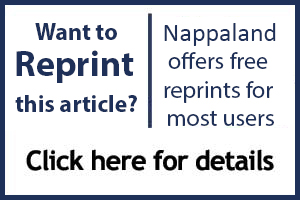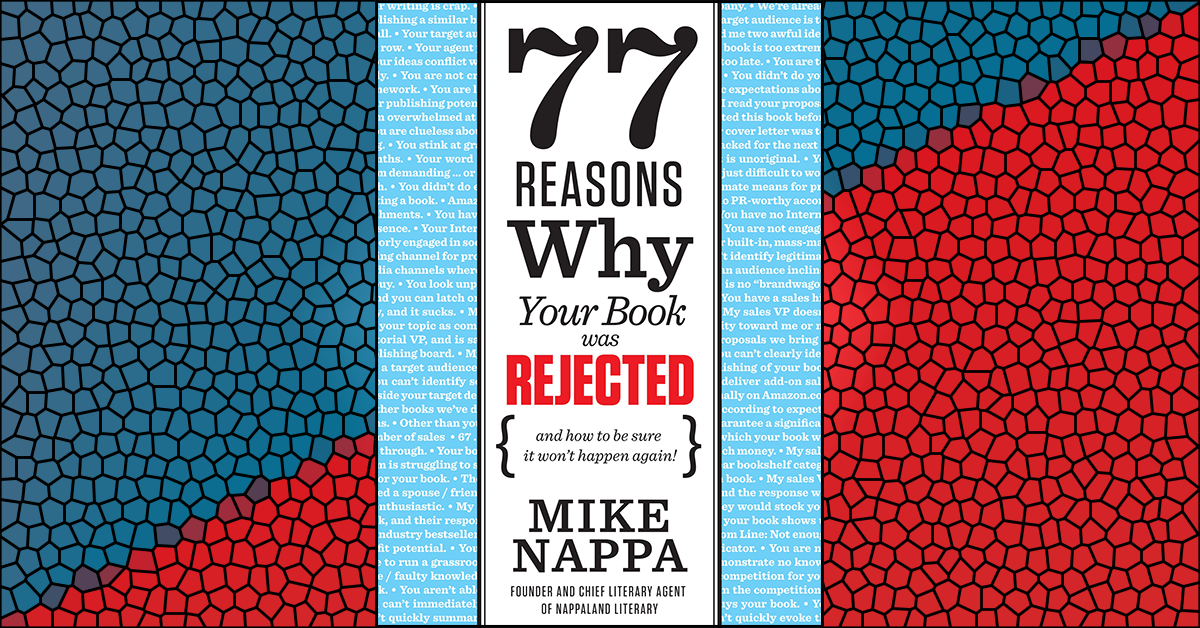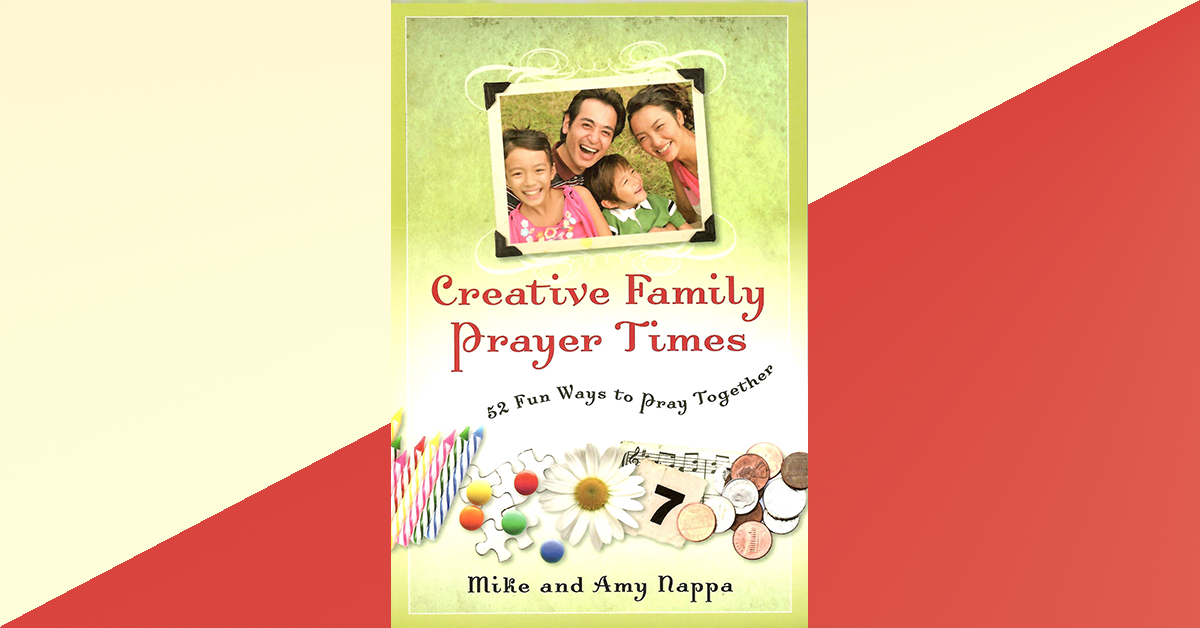A Sales Team reason for rejection
A few years ago, I attended a writer’s conference in Colorado. During the day, I had conversations with several men who whined about their lack of success breaking into the publishing business. They seemed truly mystified that companies out there were giving their books a steady stream of rejection letters.
Later in the day, I had some free time so I decided to attend one of the workshops taught by another speaker. I chose “Writing for Women.” When that seminar started, it became crystal clear for me why all other men I’d talked to previously were having such trouble in publishing. You see, I was the only male present in the “Writing for Women” seminar. What’s odd is that some people thought it was odd for me to be there.
That’s fine. I’ll take that oddity all the way to bank.
Here’s the reality: Women dictate buying in America. You’d better understand that if you want a career in publishing. Consider the numbers:
• Women make up more than half the population.
• Women buy more books than men.
• American women control $4.3 trillion of annual spending in the US Economy—more than the entire annual spending of China and India combined.
• Women earn more bachelor’s degrees than men, which projects to mean that their earning power will actually increase in years to come.
• Women influence 80% of the buying decisions in the United States.
Read that last number again…did that say 80%? Why yes, I believe it did. And yet you’ve never thought too much about writing for women? About making sure any book you write has some kind of “woman appeal”? Well, no wonder you’re reading this book instead of having published dozens of your own.
What You Can Do About It
1. Follow the money (knock on the even-numbered doors).
Remember this rule: 80% of your readers are women, 20% are everybody else. So when creating a new proposal, you’d better ask yourself how women will respond to your book.
Look at it this way: Assume you’re a door-to-door salesperson, and your territory is one apartment building in New York City. In every odd-numbered apartment there lives a person with $20 to spend. In every even-numbered apartment there lives a person with $80 to spend. Are you going to knock on the odd-numbered doors first, or the even-numbered doors?
You can bet my Sales VP is going to knock on the even-numbered doors, because that’s where 80% of the money is. So follow the money and make sure your book has something women want. A few books to help you with this are Why She Buys by Bridget Brennan and Don’t Think Pink by Lisa Johnson and Andrea Learned.
2. Be aware of the six “basic archetypes” of female consumers.
I’m indebted to Michael J. Silverstein and Kate Sayre’s excellent report, “The Female Economy” for identifying these archetypes “which are primarily defined by income, age, and stage of life.” They are
- Fast-Tracker (independent woman, striving for achievement)
- Pressure Cooker (successful multi-tasker, struggling for stability)
- Relationship Focused (middle class, married with kids)
- Managing on Her Own (single, divorced, or widowed, seeking connection)
- Fulfilled Empty Nester (concerned about health, travel, leisure)
- Making Ends Meet (lower income, less educated, seeks value and small luxuries)
Be aware that these archetypes can overlap for many women, but if you write a book that appeals to women in one or more of these life circumstances, you’re increasing exponentially the chances that your book will sell in the marketplace. That’s something my Sales VP will be happy to hear.
3. Don’t assume that because you are a woman you can innately write for women. And don’t assume being a man means you can’t write for women either.
Being born a certain gender may give you advantages in life, and may even help your publishing career. But it’s idiotic to assume that all women can write for women or that no man can write for a woman. Don’t allow that kind of gender bias to dictate what you do in writing.
The best writers—male or female—are knowledgeable, articulate, and interesting. So while you must never lose sight of the fact that a woman is your most likely reader, you must also understand that the number of X and Y chromosomes you have doesn’t determine your ability to be successful as a writer. Writing is an equal opportunity bloodsport.
Looking for more? Check out these links:






